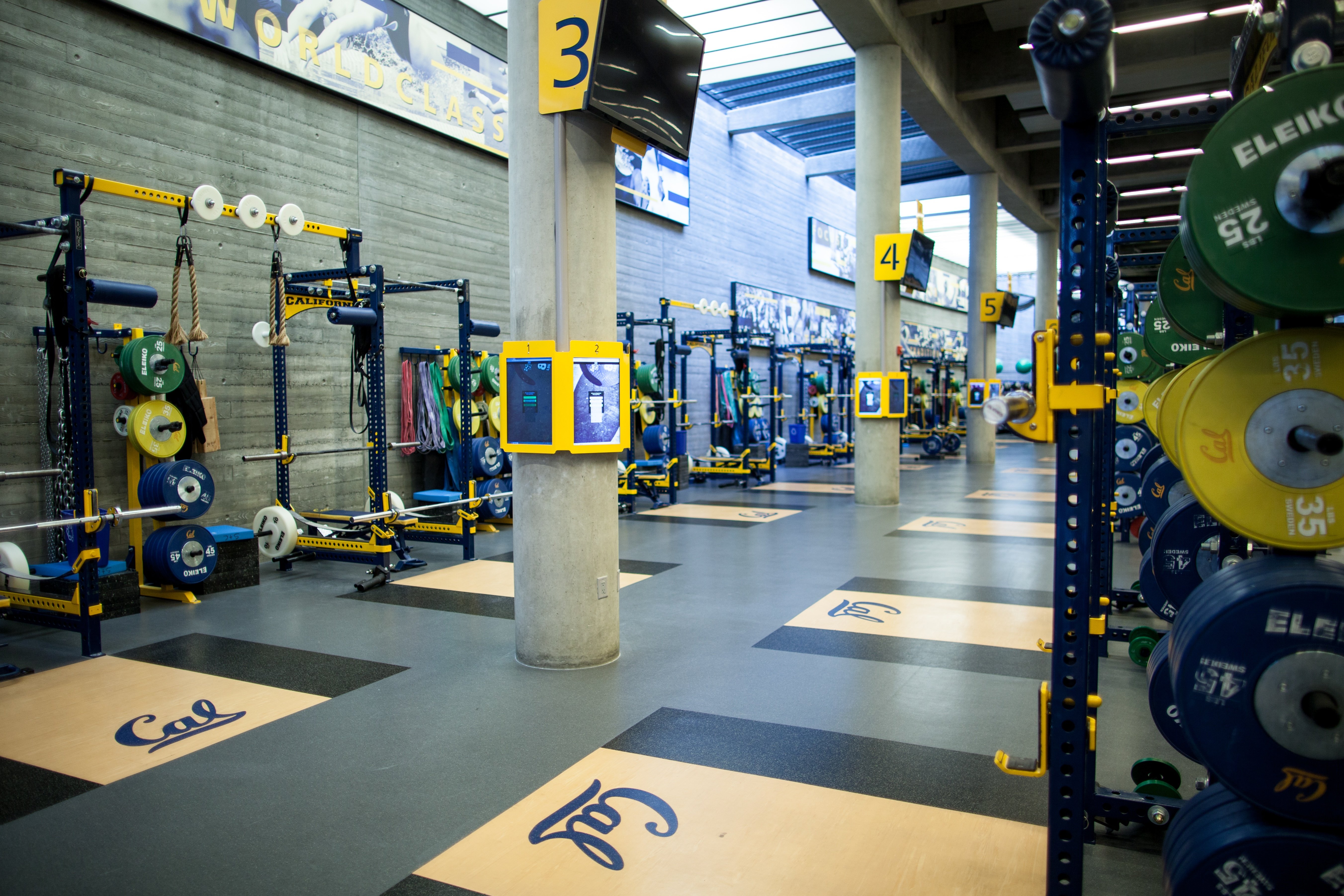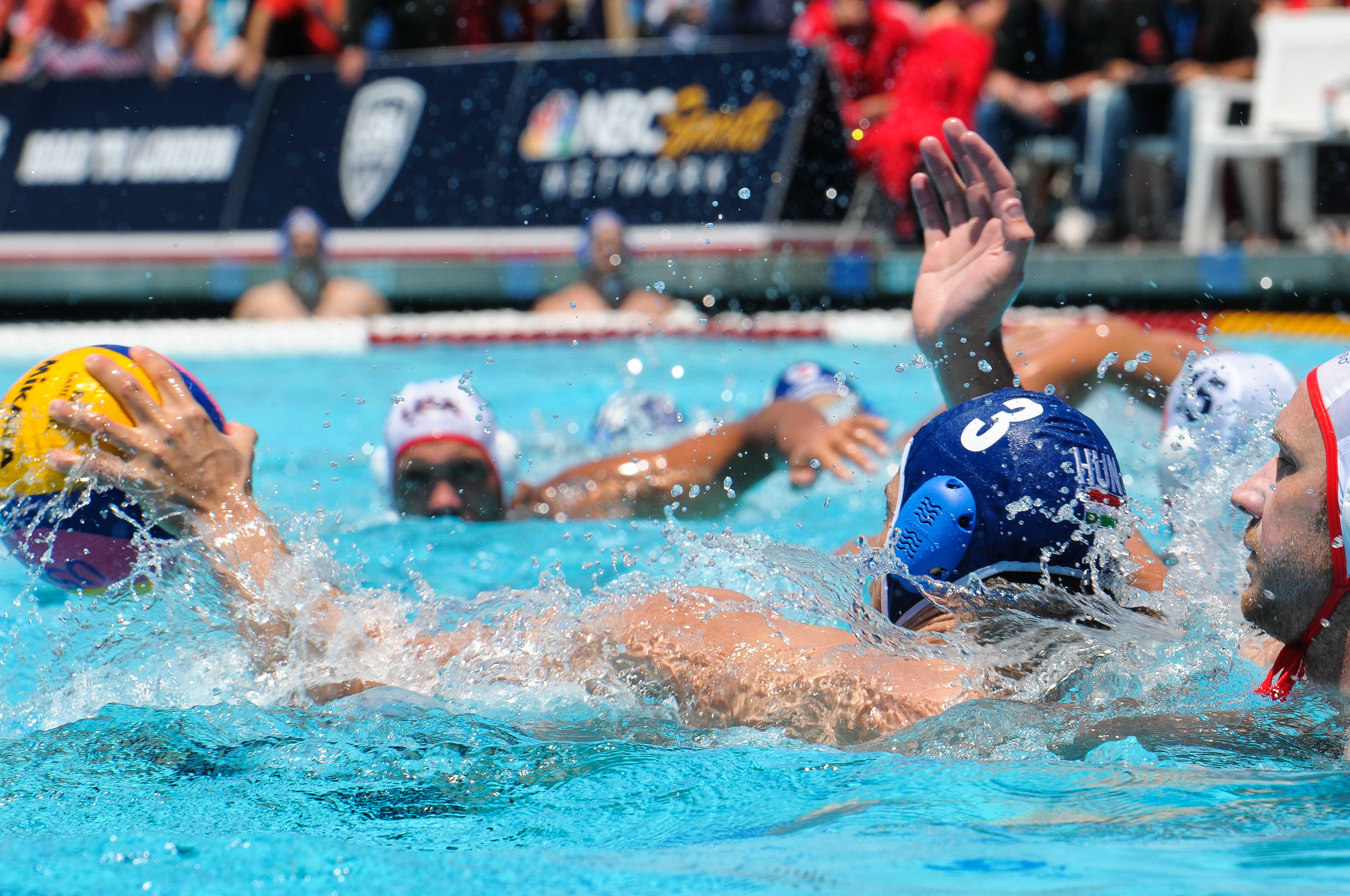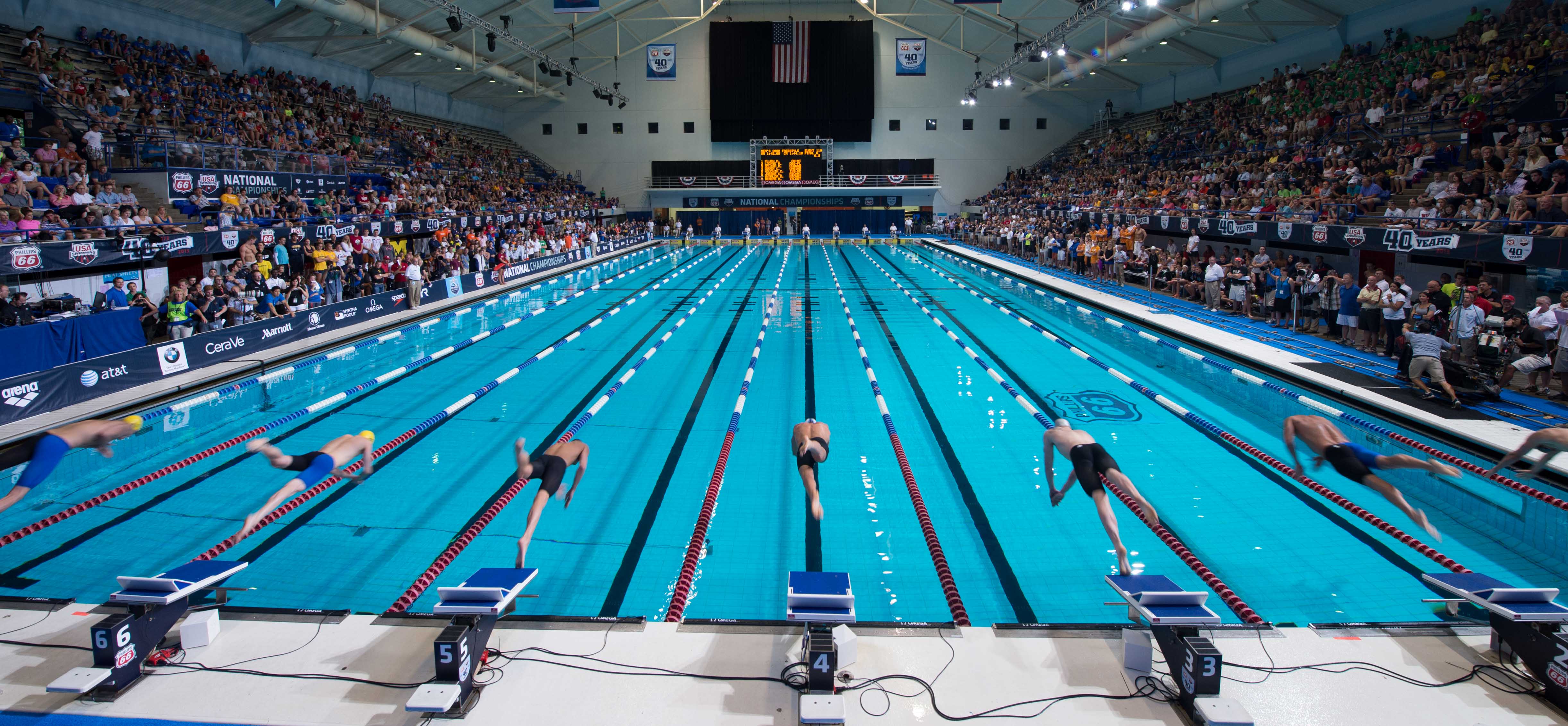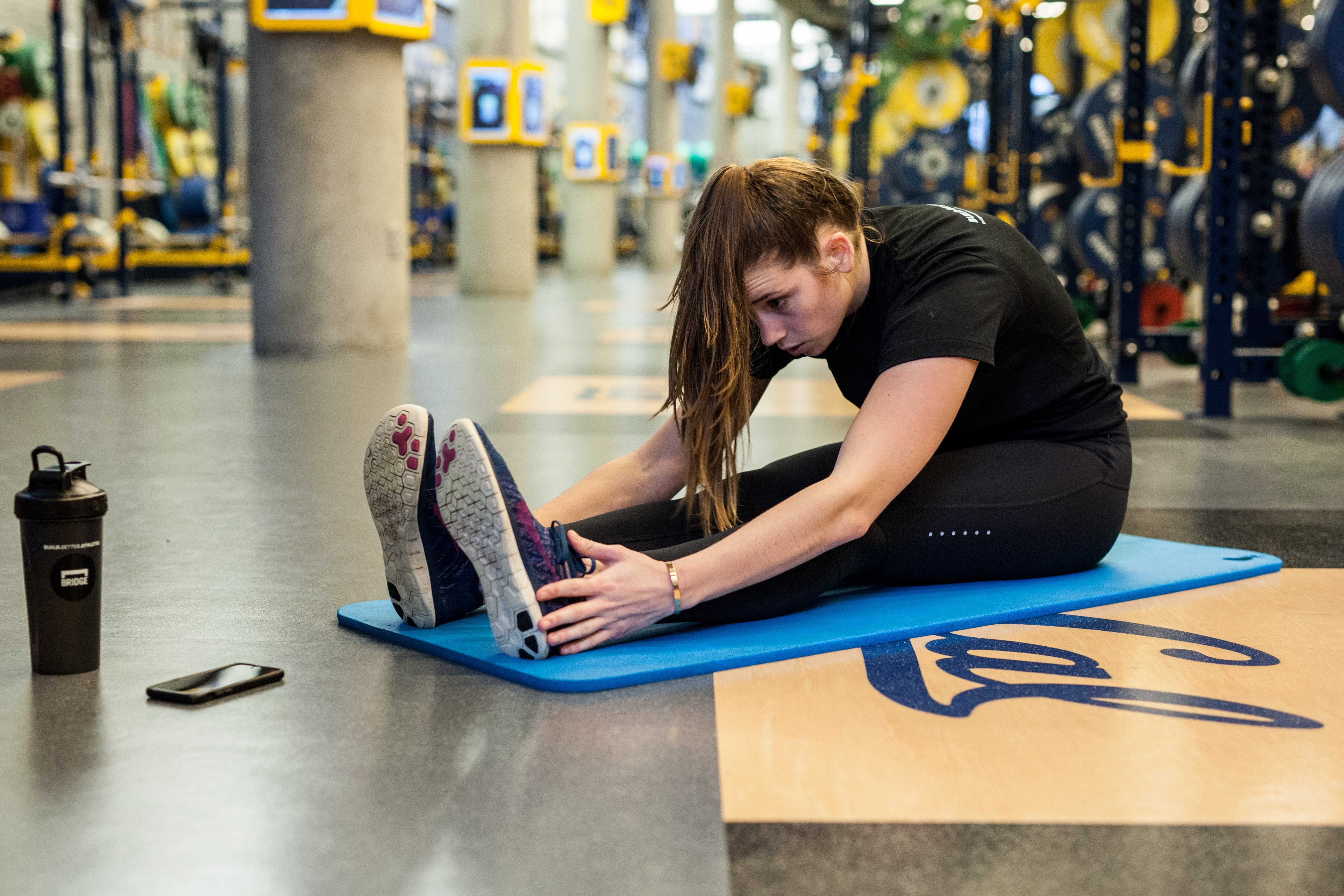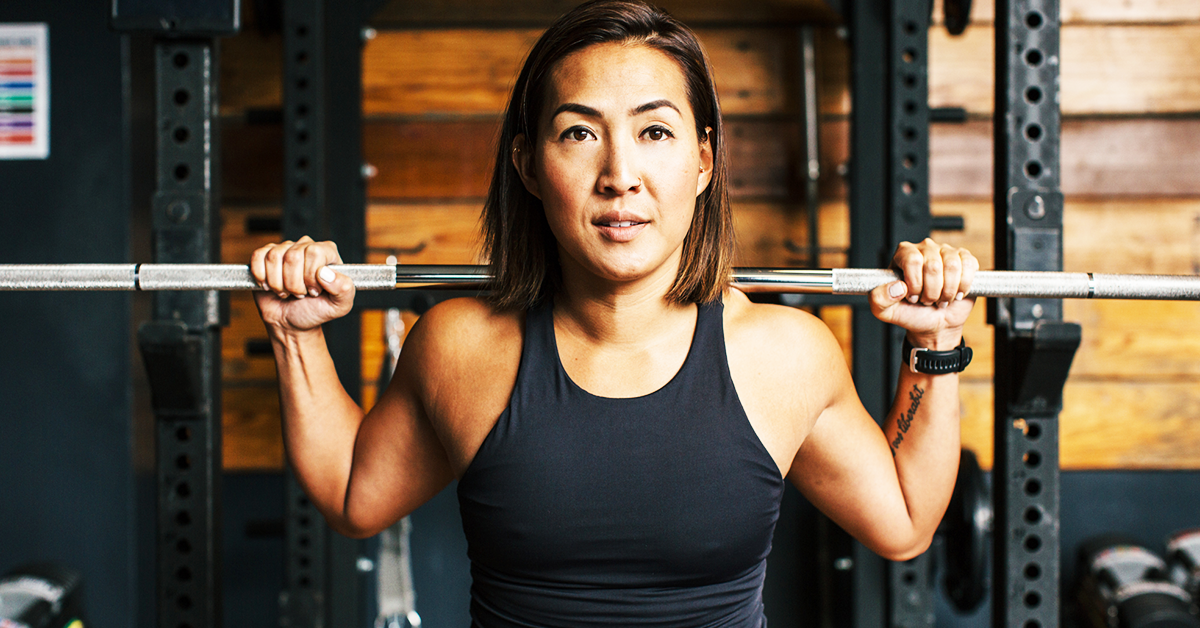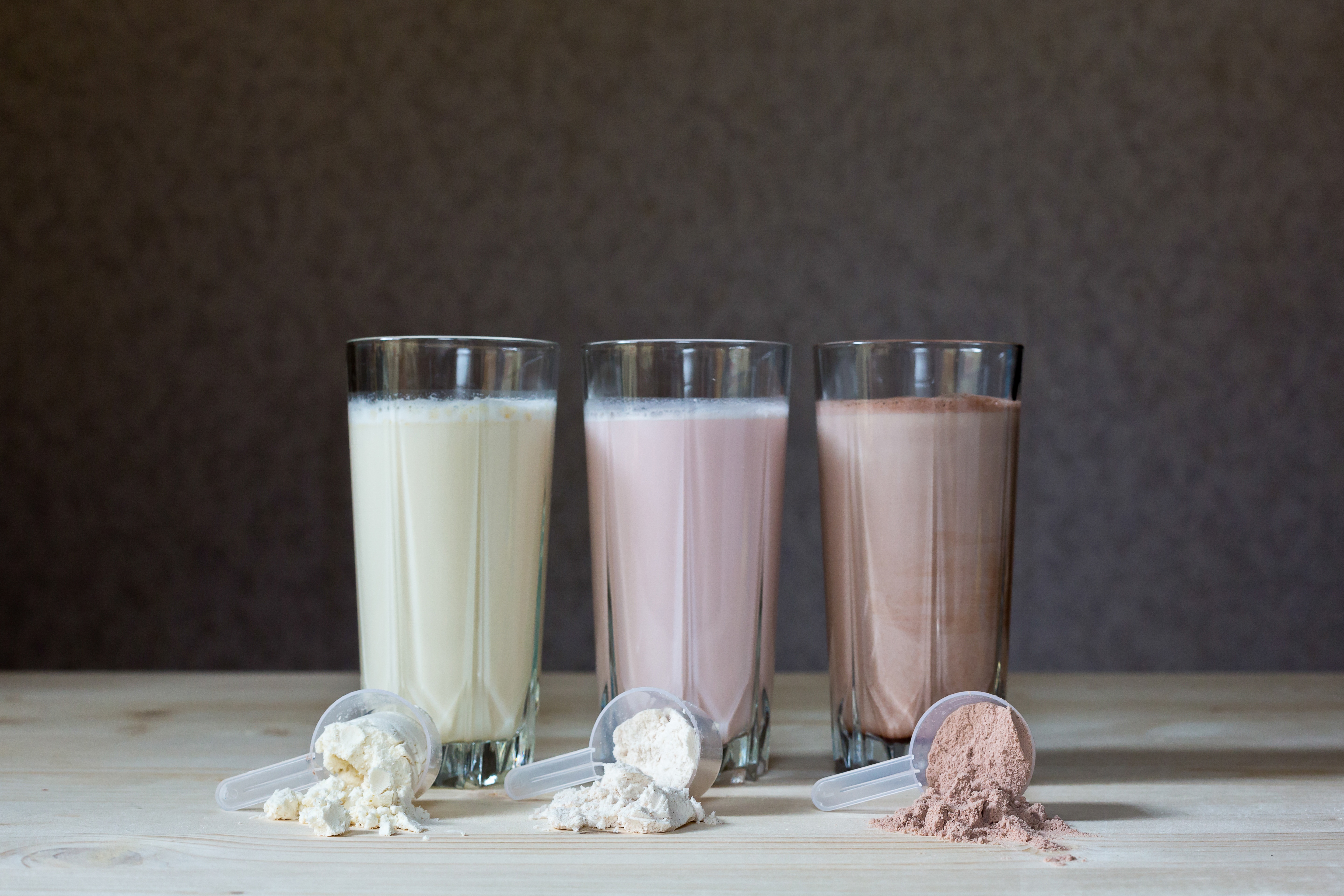In our latest episode of Powering Performance, we were lucky enough to sit down with Sacramento Kings’ Director of S&C and Performance, Ramsey Nijem. He has quickly climbed up the ladder in Strength and Conditioning, starting as UCSB's first intern in their athletic department, to assistant strength coach for the Kings, to where he is now, entering his third season as the head of the Kings' Strength & Conditioning and Performance. He attributes some of his success to good fortune and luck. But, looking more closely at Ramsey's accolades and his ability to thrive as one of the youngest S&C coaches in NBA, we quickly discover his success can be attributed to much more than luck. From his customized, state of the art training facility, to the work-flow he established early on, his passion and determination makes it no surprise that he's quickly become an influencer across the industry. His quintessential thirst for knowledge has allowed him to enter each new stage of his career well prepared to excel and advance his team to the next level. So join us as we dive into how Ramsey Nijem is transforming the landscape for Strength Conditioning and Performance in Sacramento.
Would rather read with your ears? Listen in on this episode here.
Read MorePerformance Trends Recovery Sports Technology Coaching Tips Powering Performance
How to Avoid Athlete Burnout and Overtraining Syndrome this Winter
By Dr. Emily Kraus on January 17, 2018
Winter can be a challenging time of year for many athletes. However, the offseason and the preseason can be long and grueling. Without the thrill of competition, it may seem impossible to avoid what many athletes refer to as staleness, burnout, chronic fatigue syndrome, or what clinicians define as overtraining syndrome (OTS).1 Discover what overtraining syndrome is and how to avoid it in order to maximize athlete performance.
Read MoreThe transition to college athletics can be an exciting, yet daunting time for first-year student-athletes. Playing sports at the collegiate level requires another degree of challenge and dedication to the sport. In order for first-year athletes to be successful at this level, it is essential for them to understand the expectations they must uphold from their school, professors, and sport coaches. Players should use the collegiate level as an opportunity to craft their skills and take their game to the next level, while balancing the many other aspects that come with college life.
Read MoreRecovery Between Water Polo Games to Improve Athletic Performance
By Sarah Connors on August 04, 2017
Recovery is an important process to implement for players in order to prevent injury, reduce fatigue, and enhance athletic performance. After an intense game, players should re-fuel their body and incorporate a variety of recovery methods to prepare for the next game, especially during long tournaments. Below is a list of six specific recovery tips that water polo players should do to accelerate recovery and enhance performance in the pool for back-to-back games.
Read MorePreparing for competition both mentally and physically is essential for the big day. From early morning practices to intense dryland training, swimmers have put in the hard work to get ahead of their competition. During the crucial weeks and days leading up to swim meets, swimmers should properly implement a taper phase in their training to optimize performance on race day.
Read MoreGoing through a complete warm up and cool down before and after competitions and training sessions is a simple way for athletes to maximize their athletic performance. Even though it takes just an extra few minutes, it is easy for athletes to fall into the habit of not warming up or cooling down. Pre and post workout exercises play a crucial role in preparing the body for activity and assisting in full recovery.
Read MoreMany athletes and coaches wonder whether strength training produces better results when performed before or after practice. In many sports, practice is the cardiovascular portion of a workout, and combining cardio with strength training in one session can be extremely taxing to the body. Importantly, there is little scientific research to date favoring one method over the other, but read more to learn about both theories in context.
Read MoreWhey, Soy, or Casein Protein: Which is Best for Athletic Performance?
By Shelley Harper on July 21, 2017
Protein intake is important for all athletes, especially while endurance training. Oftentimes, athletes tend to focus on carbohydrate intake rather than focusing on protein intake, which could have a negative effect on health and overall athletic performance. Muscle growth and repair are heavily dependent on protein levels.
Read More




